Track the ISS with a Raspberry Pi!
Since the first module was launched in 1998, the location of the International Space Station (ISS) continues to fascinate. Stepping outside on an evening to watch its movement across the night sky imbues a sense of pride in humankind’s achievements...but it’s not always possible to see the structure.
When the ISS is visible, it’s because it is reflecting light from the sun. This means that you’ll need some other means of tracking its progress when the ISS is out of sight. One method is to employ your Raspberry Pi.
It’s not as satisfying to watch, but an ISS tracker can show you where the space station is, and let you know when it is likely to be visible.
As described in the video, the ISS Pointer, “calculates the trajectory of the ISS automatically.” To do this, it employs PyEphem (a library of astronomical algorithms for Python projects) and NORAD TLE (a data format that encodes the orbital elements of any Earth-orbiting object at a given point in time).
This data is then used to point at the current position of the ISS. This happens constantly, and slowly; note that the video is speeded up by a factor of 20 to illustrate the device. You’ll find out more (including how to connect your motorized pointer to the GPIO) at the GitHub page, where the project’s code is available.
This isn’t the only ISS tracking project, however. Here’s an earlier example, that uses an Adafruit LCD to relay the space station’s altitude, azimuth, elevation, longitude and latitude, and relays this information visually using a UnicornHAT LED array, and a printed illustration of the earth:
Produced during a Raspberry Pi Jam in 2015, this project’s details can be found on the developer’s website. Ready to make your own? Or do you have some other space-based Pi project you want to share?




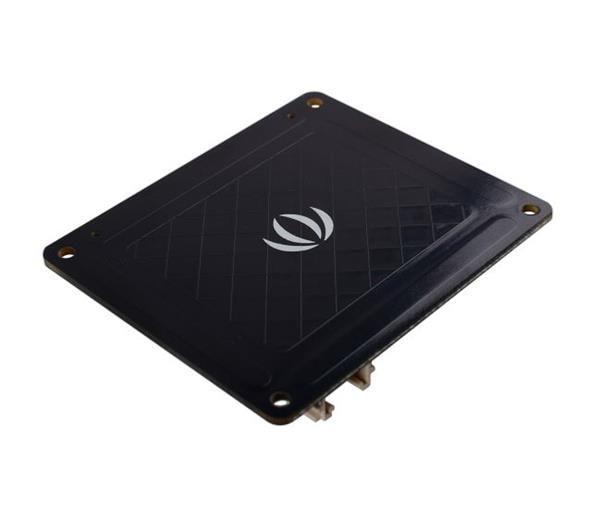
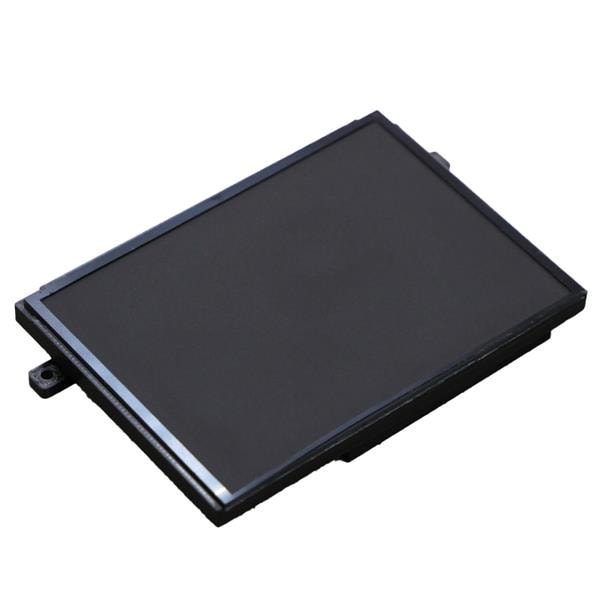


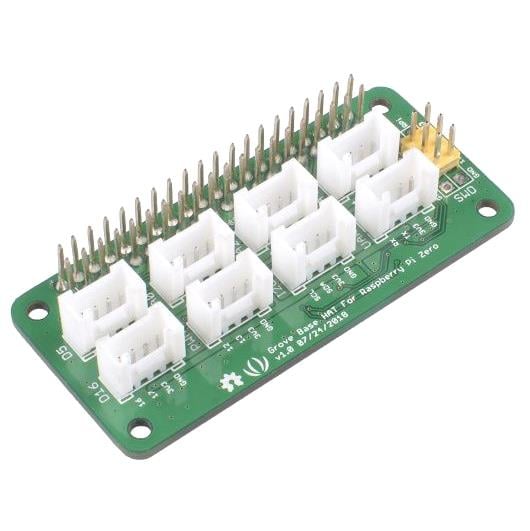
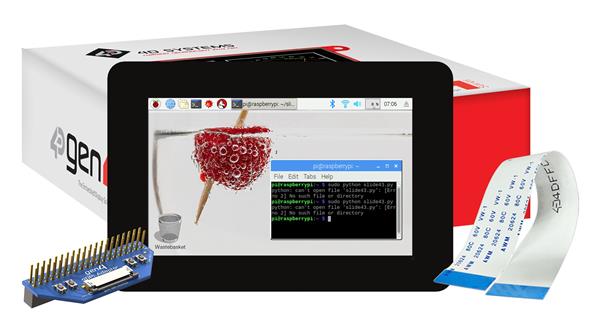


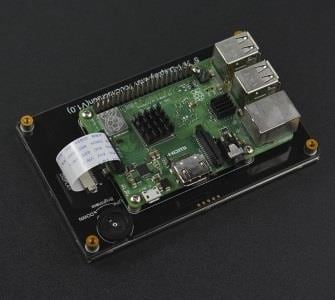

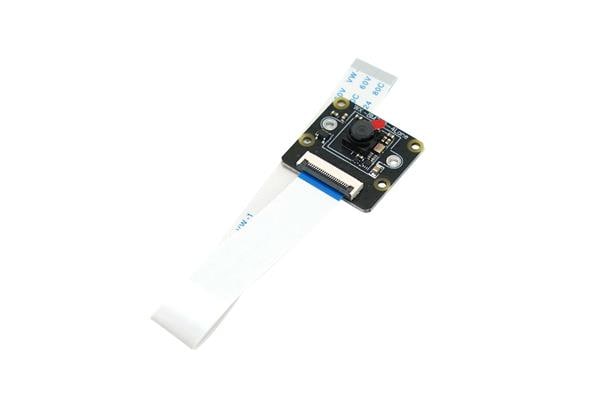
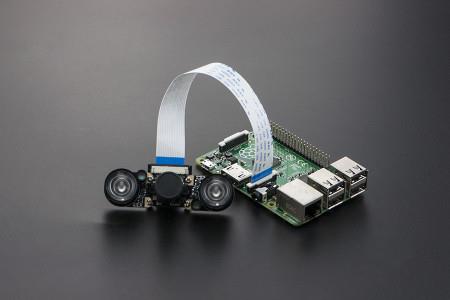


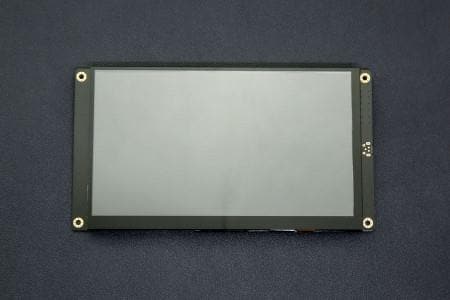
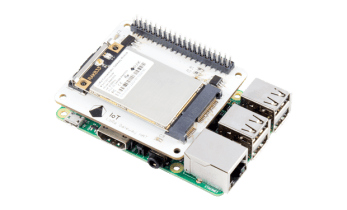



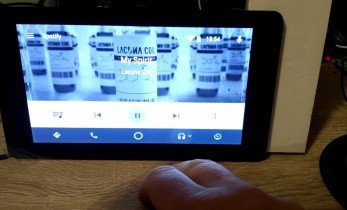









Leave your feedback...